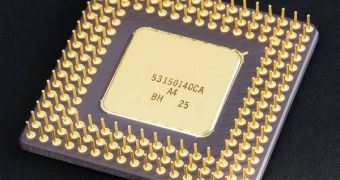Seemingly tired of regular circuits, electronics experts from the Massachusetts Institute of Technology and the Boston University have created the first cellular circuit in the world, made up entirely out of specially engineered cells. These cells have the ability to record and store the recent events that took place in or around them, and do so by activating a series of genes in a very specific sequence.
The innovation has few potential applications in the field of computation technology, but could benefit research in biology, medicine, bioengineering and related fields extensively. For instance, the cellular circuit could be used to count the number of times a cell has divided, or to study a cellular organism as it passes a series of developmental changes. In addition, the new circuits could one day be used to create high-performance smell detectors, able to pick up dangerous chemicals, released in the air by bioweapons or bombs.
“I don't think computational circuits in biology will ever match what we can do with a computer. Our goal is to build simple design tools that perform some aspect of cellular function,” Timothy Lu, a Harvard-MIT Division of Health Sciences and Technology (HST) graduate student, commented on the innovation. He is also the co-lead author of a new scientific paper detailing the construct, published in the May 29 issue of the journal Science.
For their proof-of-concept demonstration, the scientists in the team built a cellular circuit in which each cell was able to count up to three events at any given time. Despite the fact that the number may seem low, the experts are convinced that the actual number that will be available for use once the technology is fully developed will be much greater, ScienceDaily reports.
The events recently tested for the first time flow in a cascade inside the cell, in that one triggers the other, which in turn triggers the next one, and so on. The only thing limiting the cascades, and thus the number of events that can be stored, is the number of RNA polymerases used in the process, as separators. “Our goal is to use a library of these genes to create larger and larger cascades,” Lu added.

 14 DAY TRIAL //
14 DAY TRIAL //